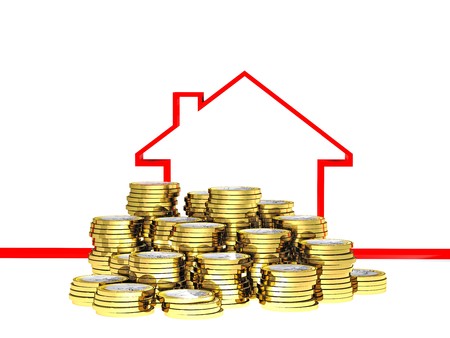
This year, 35 percent of all homebuyers have been recorded as first-time buyers. According to the National Association of Realtors’ latest report, many of these homebuyers reported that planning how to finance the home purchase was the most difficult part of the process. It has even forced some potential buyers to pull out of the housing market - but there is one simple and easy way to avoid this: determine the home price you can afford prior to home shopping. But what home price can you afford? You can determine this by studying several factors:
- Annual income: How much you (and your partner or co-borrower) make is a significant factor in determining how much home you can afford. It should be based on your gross income, or how much you make before taxes and other deductions. You may be able to include any overtime payments, bonuses, commission, investment income, and any other means of income.
- Monthly payments: Make note of every monthly payment you make, like utilities, credit card payments, student debt, car payments, gas, etc. Do NOT include your current rent or mortgage payments if you are selling your current home, as these will no longer be relevant when you purchase the home.
- Debt-to-Income Ratio (DTI): Your DTI is basically the ratio of monthly liabilities and housing expenses divided by the monthly gross income. Although utilities and gas should be included in your personal monthly payment calculations above, they should NOT be included in this DTI calculation. Most mortgage options have maximum DTI requirements. In fact, most lenders cap borrowers at around 45 percent. By calculating your DTI, you will have a better idea of the loan options for which you qualify.
- Loan term: The loan term you decide on will help you determine your monthly mortgage payments, which allows you to set your price range for a home. Remember: a shorter loan term means larger monthly payments, but fewer interest payments, while a longer loan term means cheaper monthly payments and more interest payments over the period of your loan.
- Down payment: How much you are able to offer as down payment determines whether or not you must pay mortgage insurance. Remember, you can put down as little as three percent, but in order to avoid these monthly payments, you will need a down payment of more than 20 percent.
- Homeowners Insurance: Most lenders require the borrower to purchase homeowners insurance to protect the property from damages.
Of course, this is only a brief list of factors to evaluate in order to determine “what home price can I afford?” For a complete list of costs associated with the transition into homeownership, download our new eBook, Transitioning Into Homeownership: How to Plan for the New Expenses. To learn more about home financing in general, contact on of our mortgage specialists today.



